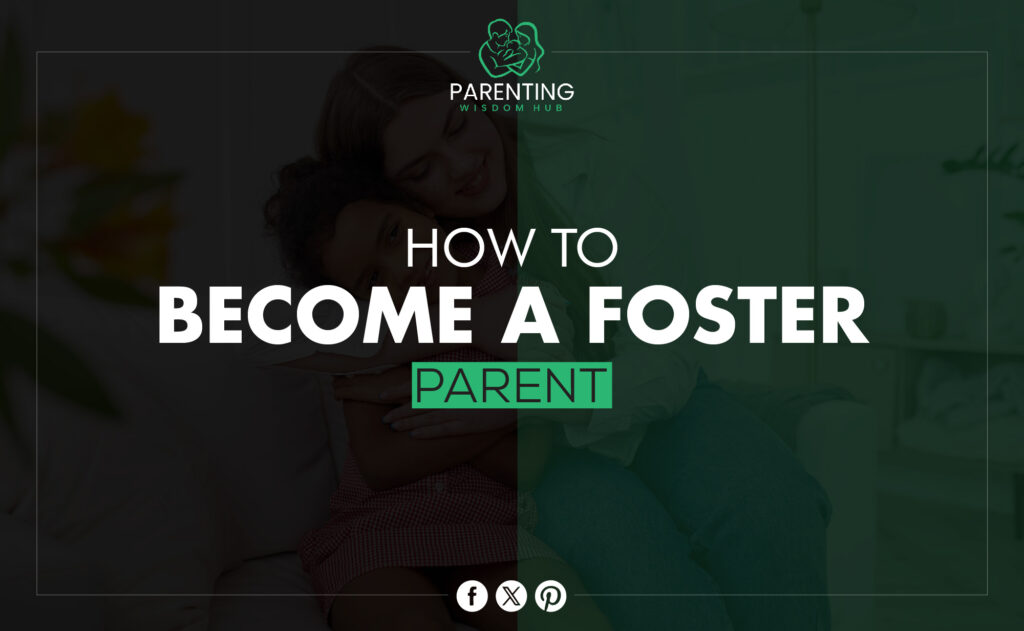Introduction
Giving your home and heart to a desperate child is powerful. Fostering gives children love, stability, and support. This blog post explains the steps of becoming a foster parent and provides helpful advice. You can assist a child as a foster parent, community support group member, or parenting blog reader.
Understanding Foster Care
Foster care is a short-term plan meant to give kids who can’t live with their original families a safe and loving place to live because of things like abuse, neglect, or parental inability. The goal is always to reunite children with their birth families as much as possible. However, sometimes lasting plans like adoption are made instead.
Foster parents help children recover and flourish by providing a stable, supportive environment. They collaborate with social workers, therapists, and educators to meet the child’s needs and promote well-being.
It is essential to know what foster care is and how it works before starting this fulfilling journey. Doing so will better prepare you for the good and bad of being a foster parent.
Why Become a Foster Parent?
To become a foster parent, you want to help a kid. Many foster parents do so to give back to society, love needy children, or grow their families.
Foster parenting allows you to support children throughout critical developmental times, witness them succeed, and form lifelong connections. Foster parents also get training to improve their parenting abilities, making them more prepared to tackle the specific difficulties of foster care.
However, fostering also involves dealing with the emotional complications of connection and separation, birth families, and the foster care system. Preparing for these issues may assist in guaranteeing a successful and rewarding fostering experience.
Assessing Your Readiness
It’s essential to make sure you’re ready before you start the process of becoming a foster parent. Think about some important things and ask yourself:
- Are you emotionally and financially prepared to take on the responsibilities of foster parenting?
- Do you have a robust support system, including friends, family, and community resources?
- Are you willing to work with social workers, therapists, and other professionals to support the child’s needs?
- Can you handle the potential challenges and uncertainties that come with fostering, such as the possibility of children returning to their birth families or needing specialized care?
Reflecting on these questions and discussing them with your partner, family, and support network can help you determine if foster parenting is the right path for you.
Meeting Foster Care Requirements
There are different rules for becoming a foster parent in each state and country, but there are some general requirements that most people who want to become foster parents need to meet. These usually consist of:
- Being at least 21 years old (in some states, the minimum age may be higher)
- Passing a background check and having no history of child abuse or neglect
- Having a stable and sufficient income to support a child
- Completing a home study, which involves an assessment of your living environment, financial stability, and personal background
- Participating in pre-service training to prepare you for the responsibilities of foster parenting
Finding out the exact rules in your area is essential, and you can get help from the foster care service in your area. Throughout the application process, they can give you specific information and help.
Starting the Application Process
It’s time to start the application process once you’re sure you’re ready to be a foster parent and have met all the requirements. This usually takes a few steps, such as:
- Contacting a Foster Care Agency: Contact your local foster care agency or a private foster care organization to express your interest in becoming a foster parent. They can provide information about their application process and guide you through the steps.
- Attending an Orientation Session: Many agencies require prospective foster parents to participate in an orientation session, where you’ll learn more about the foster care system, the agency’s policies, and the expectations for foster parents. This is also an opportunity to ask any questions you may have.
- Submitting an Application: Complete and submit an application, which typically includes personal information, references, and details about your household. Be prepared to provide documentation, such as proof of income and identification.
- Undergoing a Home Study: A social worker will conduct a thorough assessment of your home, including interviews with you and your family members, a safety inspection, and a review of your financial stability. The home study is designed to ensure your home is a safe and supportive environment for a foster child.
- Participating in Pre-Service Training: Before being approved as a foster parent, you will likely need to complete a series of training sessions. These trainings are designed to prepare you for the various situations you may encounter as a foster parent and provide you with the tools and knowledge to support the child’s needs effectively.
Completing Pre-Service Training
Getting in before you start is essential, as it’s part of becoming a foster parent. This training will give you the information and skills to give foster children the best care possible. During pre-service training, the following topics may be covered:
- Understanding the foster care system and the role of foster parents
- Child development and the impact of trauma on children
- Strategies for managing challenging behaviors and supporting emotional well-being
- Working with biological families and navigating the reunification process
- Cultural competency and respecting the diverse backgrounds of foster children
Your foster care agency usually offers pre-service training. It can be given in person, online, or a combination. You must finish this training to feel more confident and capable as a foster parent.
Creating a Supportive Home Environment
Making your home a safe and caring place for the kids is essential to being a good foster parent. In this case:
- You ensure that your home meets safety standards, such as working smoke detectors, fire extinguishers, and secure storage for medications and hazardous materials.
- I am setting up a comfortable and welcoming space for the foster child with age-appropriate furniture, bedding, and personal items.
- We are establishing routines and structure to provide stability and predictability for the child. This can include regular meal times, bedtimes, and school schedules.
- Building a positive and supportive family dynamic where all family members understand and are committed to the responsibilities of foster parenting.
Creating a safe and nurturing environment will help foster children feel secure, valued, and supported.
Building a Strong Support System
Foster parenting can be challenging, so it’s essential to have a lot of people who can help you. Some parts of this support system are:
- Family and friends who can offer emotional support, practical assistance, and respite care when needed.
- Other foster parents can share their experiences, offer advice, and provide a sense of community.
- Professional support, such as social workers, therapists, and medical professionals, can help address the foster child’s needs and guide you as a foster parent.
- Community resources include support groups, parenting classes, and recreational activities for foster children.
Having and keeping a solid support system will help you deal with the challenges of foster parenting and give the kids in your home the best care possible.
Navigating the Reunification Process
One of the main goals of foster care is to get kids back with their birth families as much as possible. As a foster parent, you will be critical to this process. These things can be:
- We are working collaboratively with social workers, therapists, and the child’s birth family to develop and implement a reunification plan.
- Facilitating visits and communication between the foster child and their birth family when appropriate and in the child’s best interest.
- We are supporting the child’s emotional well-being during the transition process, helping them cope with feelings of uncertainty and loss.
- They are preparing for the possibility of saying goodbye to the foster child while celebrating the progress and growth they’ve made during their time in your care.
Reunification can be difficult for the child and their family, but it’s an essential part of the foster care system and can lead to good results for everyone involved.
Adopting a Foster Child
In some situations, reunification may not be possible, and adoption is the only way to give the child a secure and safe home. There are several steps you need to take if you want to adopt a foster child:
- Expressing Your Interest: Communicate your interest in adoption to your foster care agency and the child’s social worker. They can provide you with information about the adoption process and requirements.
- Completing an Adoption Home Study: Similar to the foster care home study, the adoption home study involves an assessment of your home, background, and suitability as an adoptive parent. This process may include additional interviews, paperwork, and training.
- Finalizing the Adoption: Once the home study is complete and all requirements are met, you’ll work with your agency and legal professionals to finalize the adoption. This process typically involves court hearings and the completion of legal documents.
Adopting a foster child can be a satisfying and life-changing experience. You can give a child in need a stable home.
Engaging with the Foster Care Community
Foster parents can get a lot of help, tools, and links from other foster parents in the foster care community. Here are some ways to get involved with the foster care community:
- We are joining local and national foster parent associations, which offer networking opportunities, training, and advocacy for foster families.
- Participating in online forums and social media groups where foster parents can share experiences, ask questions, and offer support.
- She attends conferences, workshops, and events on foster care and child welfare issues.
Joining the foster care community will provide resources and help you find friends who want to assist kids.
Conclusion
Become a foster parent to help children. You can protect and nurture children during challenging times by knowing the foster care system, completing the standards, and creating a caring home.
Contact your local foster care organization for further information and assistance on foster parenting. Together, we can improve the future for needy kids.
Connect with other foster parents and join the foster care community to get more resources and support. Your devotion and compassion may change children’s and families’ lives.


